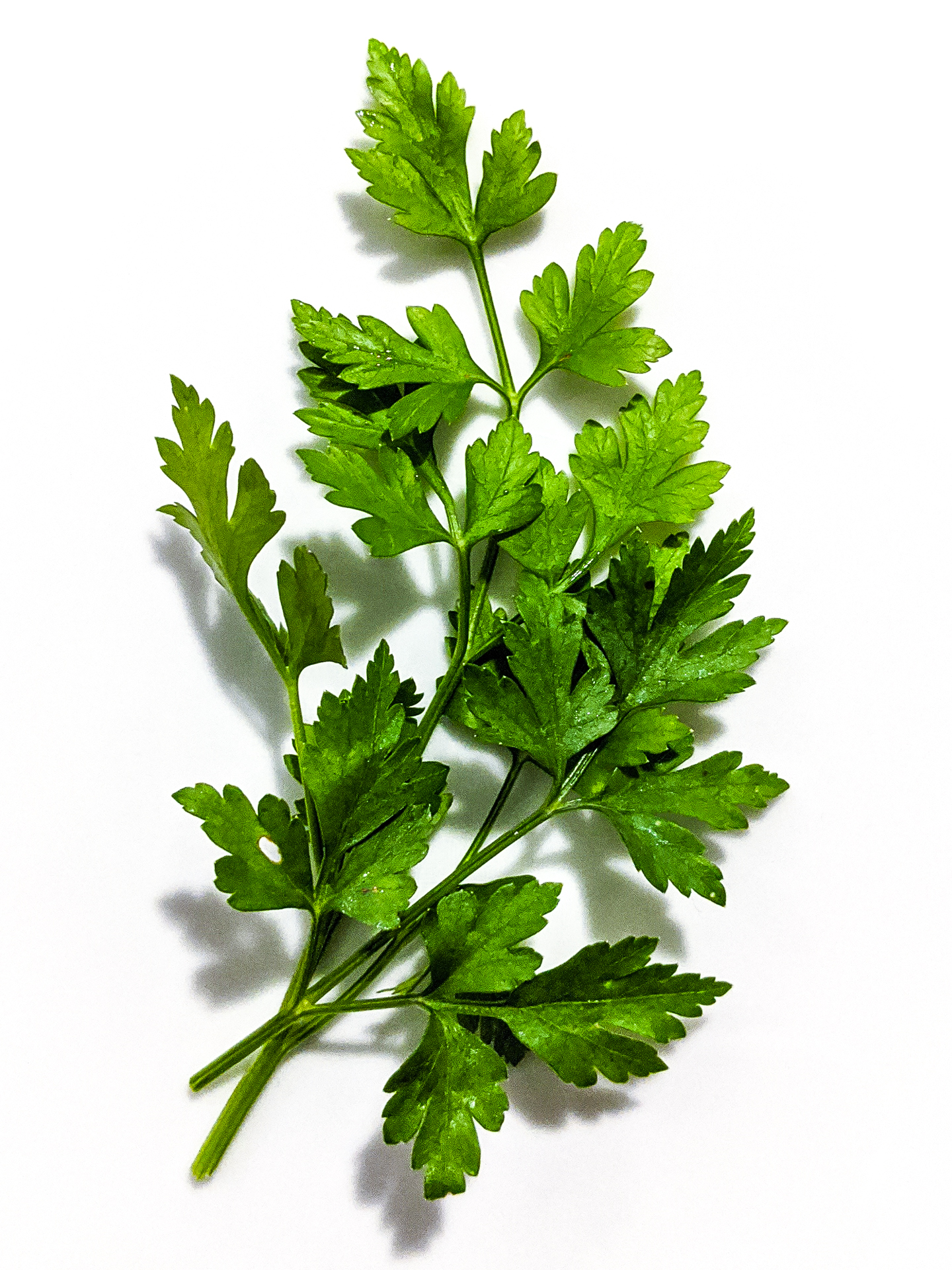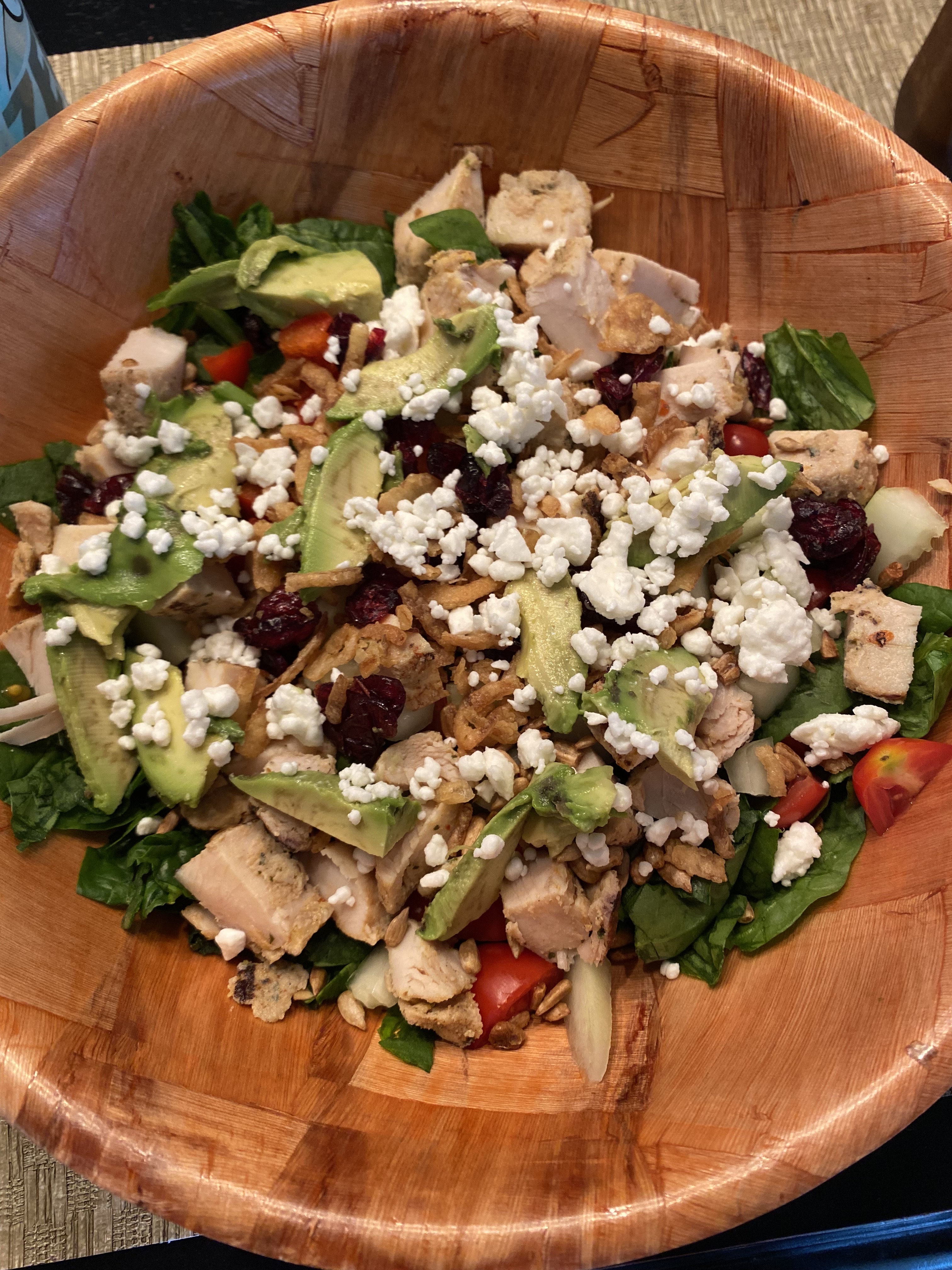|
Fleischnacka
FleischschnackasSpelling of Alsatian words depends on the geographic area. (; Alsatian word, literally ''meat snail'') are an Alsatian dish made from cooked meat stuffing (usually the remainders of pot-au-feu), eggs, onions, parsley, salt, pepper rolled in a fresh egg pasta. The meat stuffing is spread on the fresh egg pasta and rolled. The tube obtained is then cut into slices of 1.5–2 cm, the ''Fleischschnacka''s. The slices are cooked on each face with butter in a frying pan then broth (usually pot-au-feu broth) is added and the rolls are cooked ca. 12 minutes. Traditionally, ''Fleischschnacka''s are served with a small quantity of broth and a green salad. Etymology ''Fleischschnacka'' literally means "snails of meat". It comes from words: ''Schnacka'' (''snails'') and ''Fleisch'' (''meat''). A similar dish of meat-stuffed pasta, Maultaschen, is popular in Germany, particularly in the region of Baden-Württemberg which shares a border with Alsace Alsace (, ... [...More Info...] [...Related Items...] OR: [Wikipedia] [Google] [Baidu] |
Alsace
Alsace (, ; ) is a cultural region and a territorial collectivity in the Grand Est administrative region of northeastern France, on the west bank of the upper Rhine, next to Germany and Switzerland. In January 2021, it had a population of 1,919,745. Alsatian culture is characterized by a blend of German and French influences. Until 1871, Alsace included the area now known as the Territoire de Belfort, which formed its southernmost part. From 1982 to 2016, Alsace was the smallest administrative in metropolitan France, consisting of the Bas-Rhin and Haut-Rhin Departments of France, departments. Territorial reform passed by the French Parliament in 2014 resulted in the merger of the Alsace administrative region with Champagne-Ardenne and Lorraine to form Grand Est. On 1 January 2021, the departments of Bas-Rhin and Haut-Rhin merged into the new European Collectivity of Alsace but remained part of the region Grand Est. Alsatian dialect, Alsatian is an Alemannic German, Alemannic ... [...More Info...] [...Related Items...] OR: [Wikipedia] [Google] [Baidu] |
Fleischschnacka
FleischschnackasSpelling of Alsatian words depends on the geographic area. (; Alsatian word, literally ''meat snail'') are an Alsatian dish made from cooked meat stuffing (usually the remainders of pot-au-feu), eggs, onions, parsley, salt, pepper rolled in a fresh egg pasta. The meat stuffing is spread on the fresh egg pasta and rolled. The tube obtained is then cut into slices of 1.5–2 cm, the ''Fleischschnacka''s. The slices are cooked on each face with butter in a frying pan then broth (usually pot-au-feu broth) is added and the rolls are cooked ca. 12 minutes. Traditionally, ''Fleischschnacka''s are served with a small quantity of broth and a green salad. Etymology ''Fleischschnacka'' literally means "snails of meat". It comes from words: ''Schnacka'' (''snails'') and ''Fleisch'' (''meat''). A similar dish of meat-stuffed pasta, Maultaschen, is popular in Germany, particularly in the region of Baden-Württemberg which shares a border with Alsace Alsace (, ... [...More Info...] [...Related Items...] OR: [Wikipedia] [Google] [Baidu] |
Alsatian Language
Alsatian ( or "Alsatian German"; Lorraine Franconian: ''Elsässerdeitsch''; ; or ) is the group of Alemannic German dialects spoken in most of Alsace, a formerly disputed region in eastern France that has passed between French and German control five times since 1681. Language family Alsatian is closely related to other nearby Alemannic German, Alemannic dialects, such as Swiss German, Swabian German, Swabian, Markgräflerisch, Kaiserstühlerisch and the other Alemannic dialects of Baden. It is often confused with Lorraine Franconian, a more distantly related Franconian languages, Franconian dialect spoken in the northwest corner of Alsace and in neighbouring Lorraine. Like other dialects and languages, Alsatian has also been influenced by outside sources. Words of Yiddish origin can be found in Alsatian, and modern conversational Alsatian includes adaptations of French words and English words, especially concerning new technologies. Most speakers of Alsatian could, if necess ... [...More Info...] [...Related Items...] OR: [Wikipedia] [Google] [Baidu] |
Pot-au-feu
(, ; ) is a French cuisine, French dish of slowly boiled meat and vegetables, usually served as two courses: first the broth (''bouillon'') and then the meat (''bouilli'') and vegetables. The dish is familiar throughout France and has many regional variations. The best-known have beef as the main meat, but pork, chicken, and sausage are also used. Background ''The Oxford Companion to Food'' calls ''pot-au-feu'' "a dish symbolic of French cuisine and a meal in itself";Hyman, p. 626 the chef Raymond Blanc has called it "the quintessence of French family cuisine ... the most celebrated dish in France, [which] honours the tables of the rich and poor alike"; and the American ''National Geographic'' magazine has termed it the national dish of France. The ''Dictionnaire de l'Académie française'' dates the term ''pot-au-feu'' to the 17th century. In 1600, the king of France, Henry IV of France, Henry IV, declared, "there shall be no peasant in my kingdom who lacks the means t ... [...More Info...] [...Related Items...] OR: [Wikipedia] [Google] [Baidu] |
Onion
An onion (''Allium cepa'' , from Latin ), also known as the bulb onion or common onion, is a vegetable that is the most widely cultivated species of the genus '' Allium''. The shallot is a botanical variety of the onion which was classified as a separate species until 2011. The onion's close relatives include garlic, scallion, leek, and chives. The genus contains several other species variously called onions and cultivated for food, such as the Japanese bunching onion '' Allium fistulosum'', the tree onion ''Allium'' × ''proliferum'', and the Canada onion '' Allium canadense''. The name '' wild onion'' is applied to a number of ''Allium'' species, but ''A. cepa'' is exclusively known from cultivation. Its ancestral wild original form is not known, although escapes from cultivation have become established in some regions. The onion is most frequently a biennial or a perennial plant, but is usually treated as an annual and harvested in its first growing season. ... [...More Info...] [...Related Items...] OR: [Wikipedia] [Google] [Baidu] |
Parsley
Parsley, or garden parsley (''Petroselinum crispum''), is a species of flowering plant in the family Apiaceae that is native to Greece, Morocco and the former Yugoslavia. It has been introduced and naturalisation (biology), naturalized in Europe and elsewhere in the world with suitable climates, and is widely cultivated as an herb and a vegetable. It is believed to have been originally grown in Sardinia, and was cultivated in around the 3rd century BC. Linnaeus stated its wild habitat to be Sardinia, whence it was brought to England and apparently first cultivated in Britain in 1548, though literary evidence suggests parsley was used in England in the Middle Ages as early as the Anglo-Saxon period. Parsley is widely used in European cuisine, European, Middle Eastern cuisine, Middle Eastern, and American cuisine. Curly-leaf parsley is often used as a garnish (food), garnish. In Central European cuisine, central Europe, Eastern European cuisine, eastern Europe, and southern Eur ... [...More Info...] [...Related Items...] OR: [Wikipedia] [Google] [Baidu] |
Pasta
Pasta (, ; ) is a type of food typically made from an Leavening agent, unleavened dough of wheat flour mixed with water or Eggs as food, eggs, and formed into sheets or other shapes, then cooked by boiling or baking. Pasta was originally only made with durum, although the definition has been expanded to include alternatives for a gluten-free diet, such as rice flour, or legumes such as beans or lentils. Pasta is believed to have developed independently in Italy in the Middle Ages, Italy and is a staple food of Italian cuisine, with evidence of Etruscan civilization, Etruscans making pasta as early as 400 BCE in Italy. Pastas are divided into two broad categories: dried () and fresh (Italian: ). Most dried pasta is produced commercially via an Food extrusion, extrusion process, although it can be produced at home. Fresh pasta is traditionally produced by hand, sometimes with the aid of simple machines.Hazan, Marcella (1992) ''Essentials of Classic Italian Cooking'', Knopf, F ... [...More Info...] [...Related Items...] OR: [Wikipedia] [Google] [Baidu] |
Green Salad
A salad is a dish consisting of mixed ingredients, frequently vegetables. They are typically served chilled or at room temperature, though some can be served warm. Condiments called ''salad dressings'', which exist in a variety of flavors, are usually used to make a salad. Garden salads have a base of raw leafy greens (sometimes young "baby" greens) such as lettuce, arugula (rocket), kale or spinach; they are common enough that the word ''salad'' alone often refers specifically to garden salads. Other types of salad include bean salad, tuna salad, bread salads (such as fattoush, panzanella), vegetable salads without leafy greens (such as Greek salad, potato salad, coleslaw), rice-, pasta- and noodle-based salads, fruit salads and dessert salads. Salads may be served at any point during a meal: *Appetizer salads – light, smaller-portion salads served as the first course of the meal *Side salads – to accompany the main course as a side dish; examples include potato salad ... [...More Info...] [...Related Items...] OR: [Wikipedia] [Google] [Baidu] |
Maultaschen
(; singular ''Maultasche'' , ) are a kind of large meat-filled dumpling in Swabian cuisine. They consist of sheets of pasta dough filled with Ground meat, minced meat, smoked meat, spinach, bread crumbs and onions and flavored with various herbs and spices (such as black pepper, parsley and nutmeg). are typically across. They are square or rectangular in shape. On 22 October 2009, the European Union recognized (' or ') as a Geographical indications and traditional specialities in the European Union, 'Protected Geographical Indication (PGI)' and remarked that the dish is significant to the cultural heritage of Baden-Württemberg. This measure provides protection to the integrity of the dish, mandating that genuine are only produced in Swabia, a historical region that was incorporated into the modern States of Germany, German states of Baden-Württemberg and Bavaria. History In Swabia, are the traditional dish associated with the Lenten commemoration of Maundy Thursday and ... [...More Info...] [...Related Items...] OR: [Wikipedia] [Google] [Baidu] |
Baden-Württemberg
Baden-Württemberg ( ; ), commonly shortened to BW or BaWü, is a states of Germany, German state () in Southwest Germany, east of the Rhine, which forms the southern part of Germany's western border with France. With more than 11.07 million inhabitants across a total area of nearly , it is the third-largest German state by both List of German states by area, area (behind Bavaria and Lower Saxony) and List of German states by population, population (behind North Rhine-Westphalia and Bavaria). The List of cities in Baden-Württemberg by population, largest city in Baden-Württemberg is the state capital of Stuttgart, followed by Mannheim and Karlsruhe. Other major cities are Freiburg im Breisgau, Heidelberg, Heilbronn, Konstanz, Pforzheim, Reutlingen, Tübingen, and Ulm. Modern Baden-Württemberg includes the historical territories of Baden, Prussian Province of Hohenzollern, Hohenzollern, and Württemberg. Baden-Württemberg became a state of West Germany in April 1952 through ... [...More Info...] [...Related Items...] OR: [Wikipedia] [Google] [Baidu] |



